Sex, thugs and shocking roles: The 10 best films of 1969

In 1970, Midnight Cowboy became the first and only X-rated film to win the Best Picture Academy Award, with John Schlesinger also taking the Best Director prize.
It was a confusing time for the movie industry, especially in Hollywood as the tyrannical moguls who had helped make Tinseltown great were either dead or forced aside and the great directors such as John Ford and Howard Hawks had come to the end of their careers.
Unlike now, with the odd obvious exception (who can forget Henry Fonda’s entrance in One Upon a Time in the West?), the good parts for ageing stars were few and far between, with the movie careers of survivors of Hollywood’s golden age like Bette Davis and James Stewart virtually over to any meaningful degree by the time they were 60, and others, like John Wayne, playing their own screen version of themselves in almost every movie they made.
The success of Midnight Cowboy, focusing on the seedier side of New York City, seemed to aptly sum up the seismic change in the movie industry during the 1960s as filmmakers embraced a new realism and more adult themes. The quaint, rather self-conscious buzzword of the time was “Permissiveness”, as sex and violence became more explicit and a new generation of directors and stars who would dominate the next decade began to emerge.
And yet, some might argue that the more things changed, the more they stayed the same. The top movie at the box office in America in 1969 was a western, the movie world’s oldest genre – but not the blood-splattered masterpiece The Wild Bunch, rather the rose-tinted Butch Cassidy and the Sundance Kid, starring the two most photogenic male stars of the time, Paul Newman and Robert Redford. Wayne won a sentimental Best Actor Oscar for True Grit, a traditional western, beating Jon Voight and Dustin Hoffman for their roles in Midnight Cowboy.
Despite this, as films like Midnight Cowboy and Easy Rider showed, the genie was out of the bottle. The post-war baby boomers demanded films that were very different from their parents’ tastes, films that mirrored the social and sexual revolutions of the times – and this selection of the 10 best films of 1969 reflects that.
10. They Shoot Horses, Don’t They? (Sidney Pollack)

This fascinating glimpse of a real-life phenomenon – the Depression-era dance marathons of 1930s America that could last weeks and sometimes months at a time – works as an allegory for life itself thanks to assured direction from Pollack and career-high performances from many of the outstanding cast. Jane Fonda, Michael Sarrazin and Susannah York are just some of the disparate group of contestants dreaming of changing their lives with the $1,500 prize money for staying on their feet the longest without collapsing or dying. Gig Young won Best Supporting Actor as the greasily manipulative master of ceremonies.
9. Women in Love (Ken Russell)
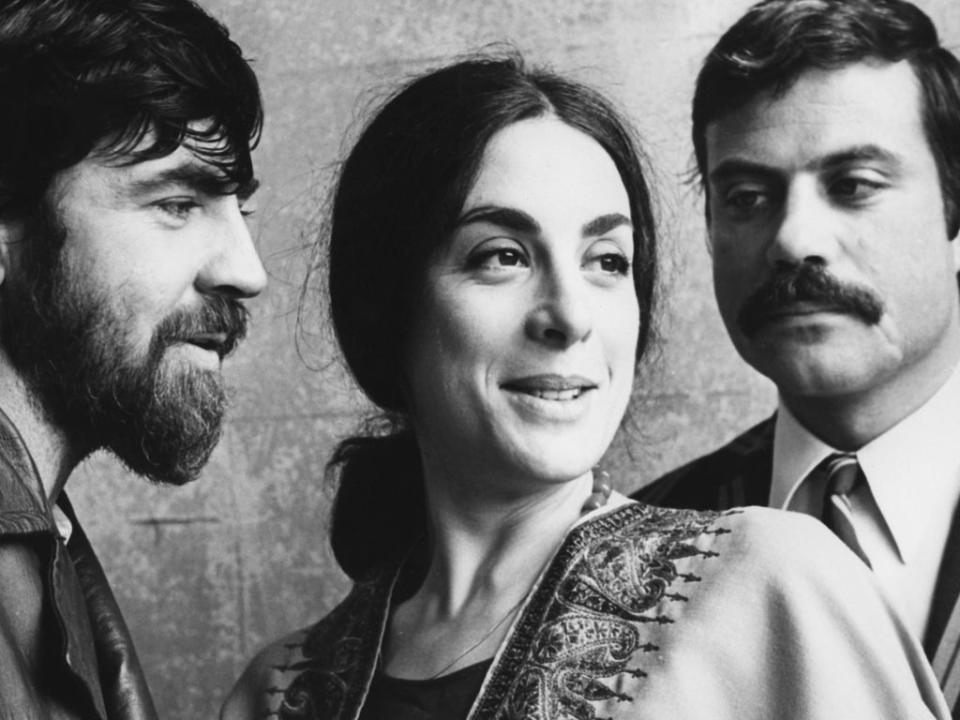
The infamous nude wrestling match with Alan Bates and Oliver Reed broke cinema taboos and barely passed the censors, but the scene’s notoriety shouldn’t obscure the fact that Russell’s adaption of the DH Lawrence novel remains his finest film. The lavish production values, authentic locations and stunning cinematography still impress, and the performances of the leading players are exceptional, with Glenda Jackson winning a Best Actress Oscar. Oscar-nominated himself, Russell would never be so restrained again as he shot to international renown with his erotically charged yet tasteful portrait of class, relationships and commitment in post-First World War England.
8. Easy Rider (Dennis Hopper)
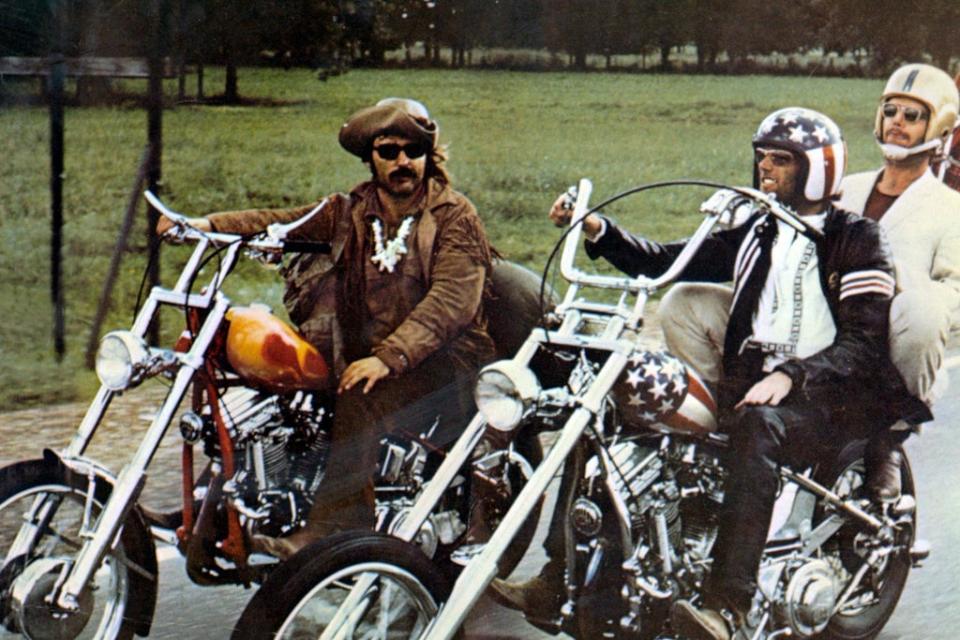
The film that almost broke Hollywood as La-La Land’s complacent old guard, caught unawares by the success of this independently made road movie, tried desperately to emulate its success. Hopper and Peter Fonda play two stoner bikers who hit the road in search of the “real” America but find only the death of the American Dream.
Easy Rider struck a chord with not only the disaffected Vietnam-era counterculture, but also moviegoers in general – only Butch Cassidy and the Sundance Kid and Midnight Cowboy took more at the US box office in 1969, no doubt helped by a terrific soundtrack from the likes of Jimi Hendrix (“If 6 Was 9”), Steppenwolf (“Born to be Wild”), and Roger McGuinn (“Ballad of Easy Rider”), and a star-making performance from Jack Nicholson as the dissolute lawyer who tags along for the ride. Easy Rider is undeniably dated now, but it fuelled the rise of the new wave of American film-makers of the 1970s.
7. Butch Cassidy and the Sundance Kid (George Roy Hill)
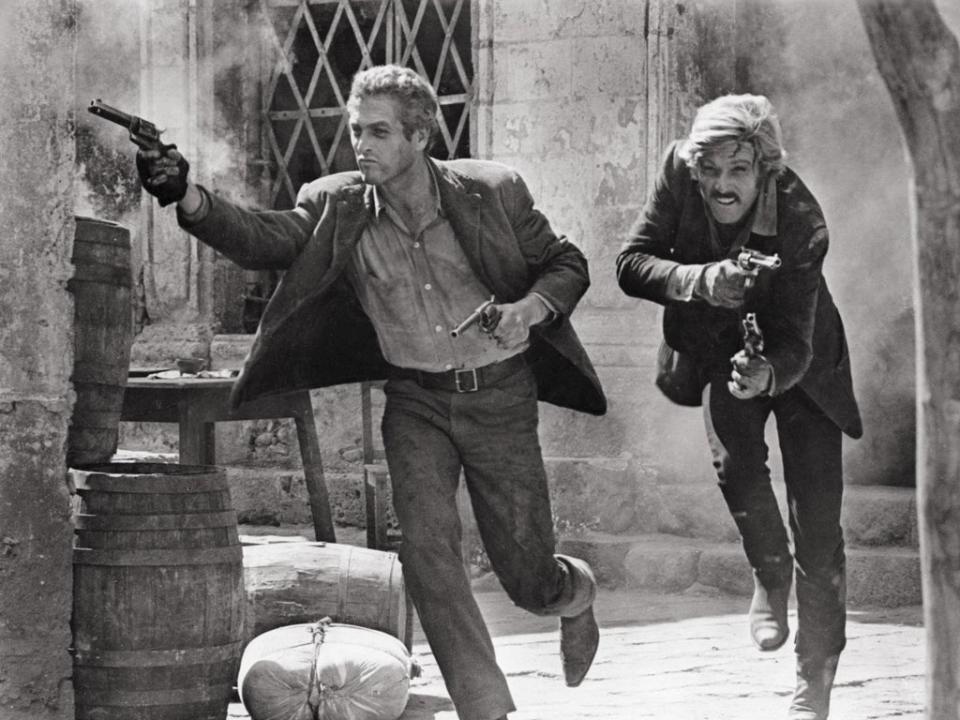
Although it is as old fashioned and traditional a western as you will find, Butch and Sundance does have something in common with The Wild Bunch, the other classic (if polar opposite in style and content) western of 1969, with both films’ shared theme of men out of step with the times, trying to come to terms with their own imminent demise. Some argue that Butch and Sundance is barely a western at all, but a buddy movie masquerading as one and merely an excuse to get Paul Newman and Robert Redford’s wonderful chemistry and William Goldman’s Oscar-winning screenplay on screen.
Newman himself called the film a love affair between two men as the two stars wisecracked their way across the Old West, investing the two outlaws for whom “them days is over” with an irresistible charm. Whatever, the result is late-Sixties cool personified with just the correct amount of revisionism.
6. Medium Cool (Haskell Wexler)
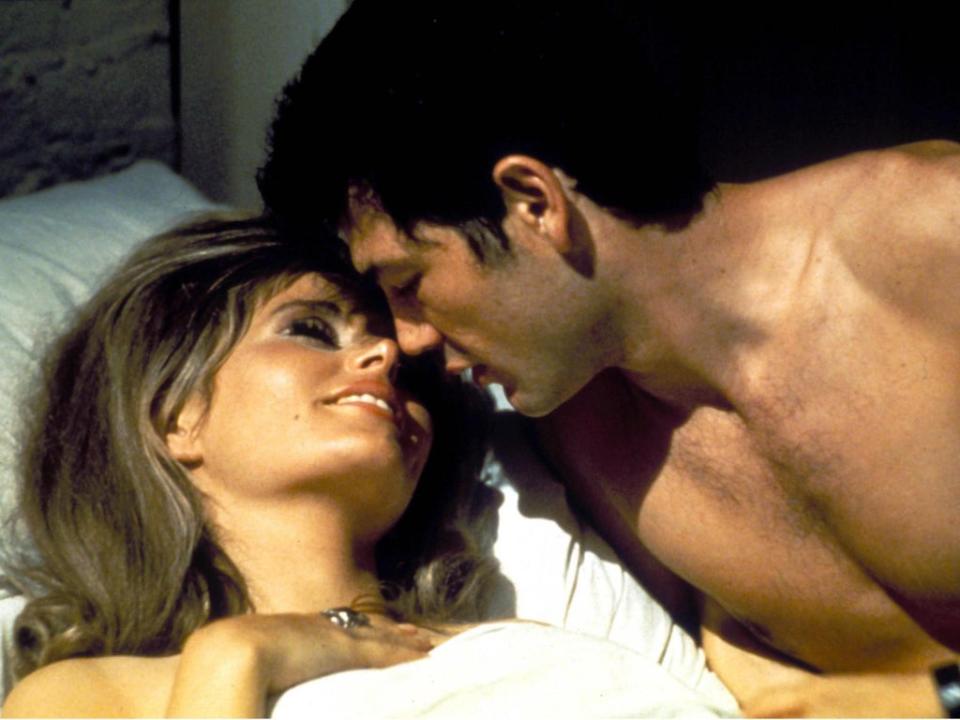
Medium Cool captured an era when viewers began to be desensitised to the images of war and civil unrest that were being beamed into their homes. Groundbreaking for its time, Medium Cool’sstunning mix of fact and fiction remains vividly compelling with famed cinematographer Wexler’s cinema verite style lending a documentary feel to proceedings, with real footage of the actors caught up in the riots at the 1968 Democratic Convention in Chicago. Robert Forster is the TV news cameraman who stays detached from whatever he is filming. Until that is, he becomes politically and emotionally engaged as Wexler tackles the age-old conundrum of his profession – at what point do you put the camera down, stop observing and get involved?
5. Z (Costa-Gavras)

Masterful political thriller based on real events in Greece earlier in the decade which won the Best Foreign Film Oscar. The highly influential Z follows the investigation into the assassination of a left-wing activist which leads to the discovery of widespread government corruption and intimidation. Z established Costa-Gavras’s reputation as a filmmaker unafraid to tackle controversial subjects and established his concern for the individual’s human rights which he would sustain throughout his career. Predictably, Z was banned in Greece and its message has resonated through the decades.
4. Midnight Cowboy (John Schlesinger)

In the year of True Grit, John Wayne didn’t care too much for Midnight Cowboy but recognised the brilliance of the performances of Jon Voight and Dustin Hoffman. Voight is the naive would-be gigolo who finds the reality of the New York hustler scene doesn’t live up to his dreams, before finding solace and redemption in his friendship with the ailing con man Ratso Rizzo. In 1969, Midnight Cowboy’s frank portrayal of homosexuality and prostitution allied to nude scenes shocked many, and the X-rating surprised no one, but underneath the gritty storyline lay a tender character study that 50 years on still has the power to move the viewer.
3. Army of Shadows (Jean-Pierre Melville)
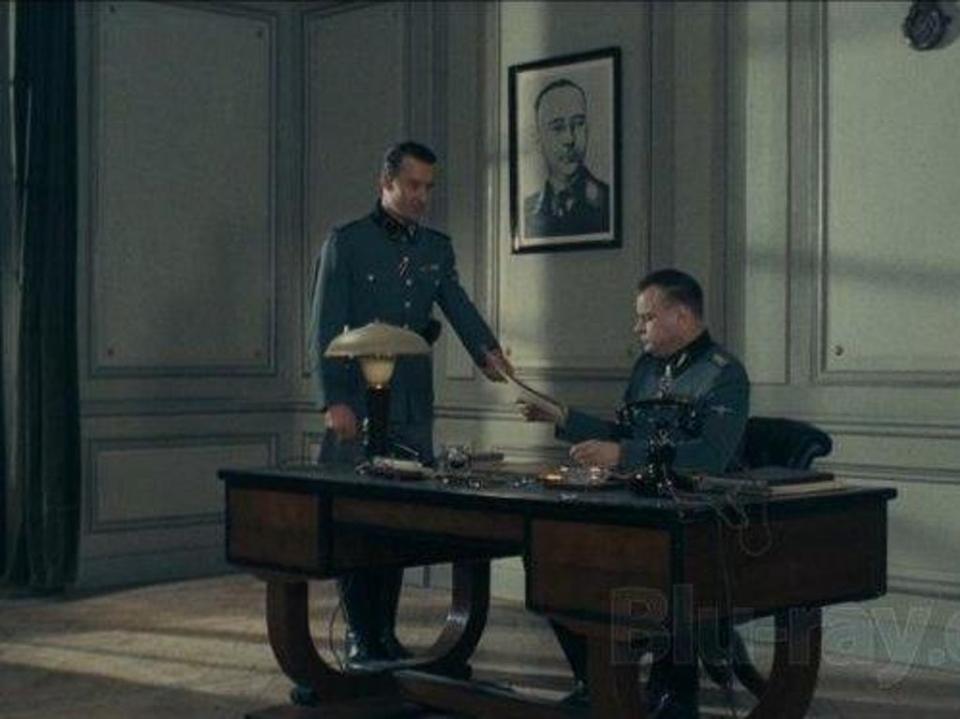
On its release, this ultra-realistic and unromantic portrayal of the French Resistance during the Nazi occupation was viewed by French critics as glorifying Charles de Gaulle, then the target for much vilification in France, and as such was little seen or appreciated for decades. Based on the authentic book by Joseph Kessel, Army of Shadows is now considered the crowning achievement in Melville’s canon however, and was beautifully restored in 2006. The director himself had been a member of the Resistance and he masterfully demonstrated the overwhelming fatalism of its members who live with the knowledge that they can be betrayed or uncovered in an instant.
2. Kes (Ken Loach)
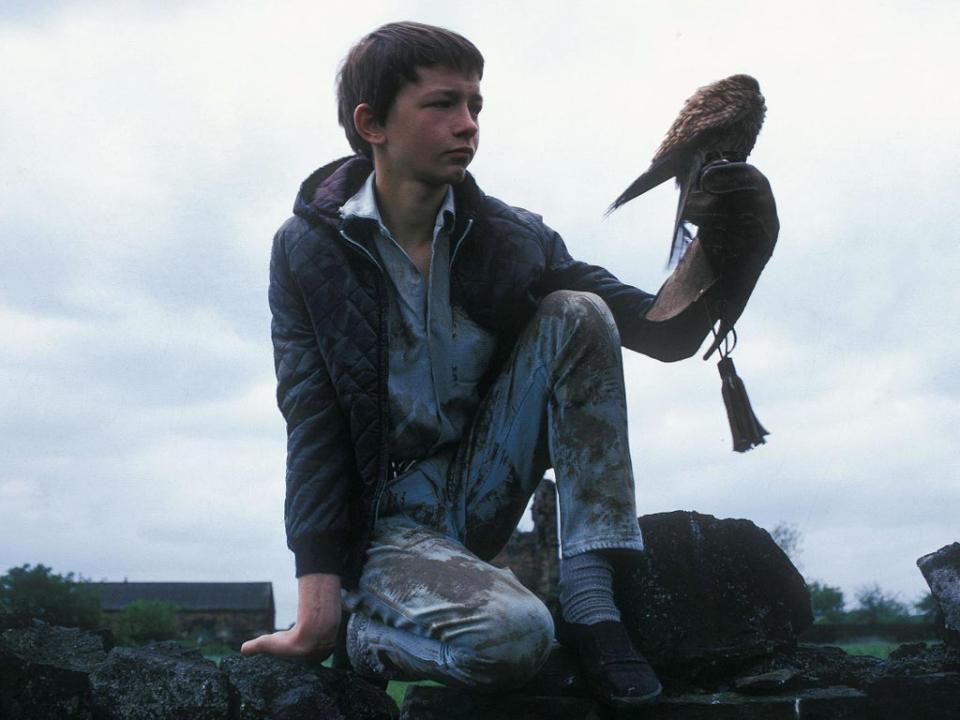
A beautifully realised adaption of the Barry Hines novel A Kestrel for a Knave, with a remarkable performance from David Bradley asBilly Casper, a 15-year-old boy from a deprived background with little prospects for the future other than following his abusive brother down the mines. Billy’s life is transformed when he finds a young falcon and trains it, in the process forming a close emotional bond with the bird and finding purpose in his life for the first time. Many of Loach’s signature tropes are on show in Kes.
The cast of mostly non-professional actors weren’t told what to expect in many of the scenes, hence the real shock and pain on the boys’ faces after being caned by the bullying headmaster. Loach used authentic locations in and around Barnsley and Chris Menges’s superb camera work was illuminated only by natural light. There’s comedy and tragedy in equal measure in Kes, with the hilarious football scene with Brian Glover as both referee and Bobby Charlton and the heartbreaking ending amply demonstrating Loach’s devastating gift for both, often in the same scene. One of the greatest of British films, Kes remains an unimpeachable classic, the pinnacle of Loach’s illustrious and unique body of work.
1. The Wild Bunch (Sam Peckinpah)
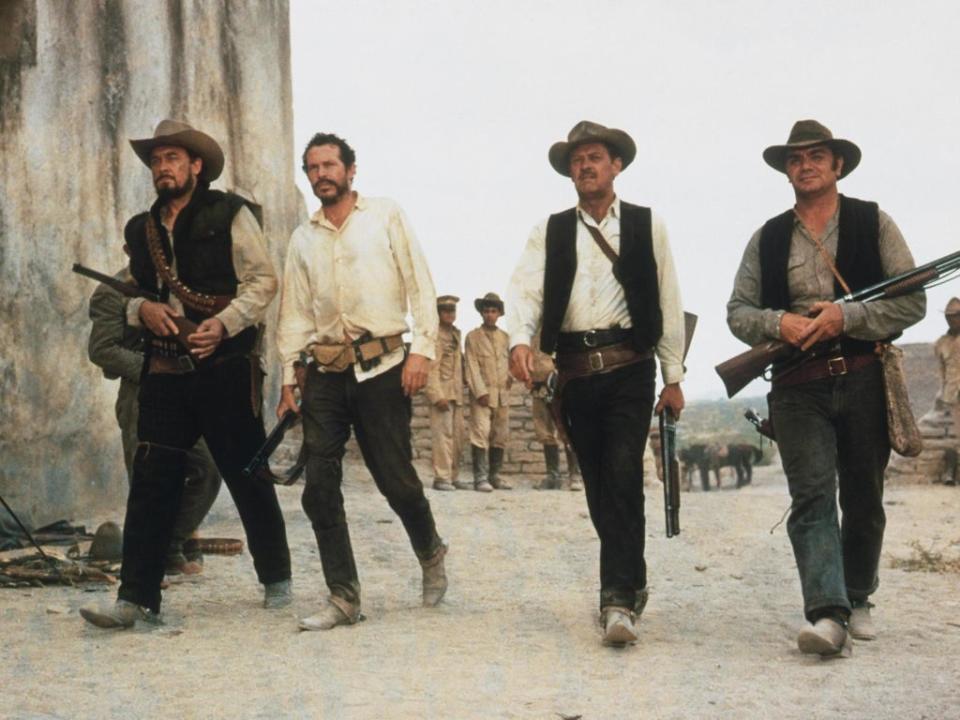
Peckinpah rewrote the rule book on screen violence with The Wild Bunch, his greatest film. The level of bloodletting on show, with some 170 killings, resulted in instant notoriety in 1969, as Peckinpah showed in graphic detail what it was really like to be shot. But look beyond the beauty of the slow-motion balletic carnage and it’s clear that Peckinpah held true to his recurring themes of the death of the Old West and violent men out of step with the times, men who retain their own personal code of honour and loyalty as they find themselves about to become obsolete.
Inferior imitators soon followed, of course, as the portrayal of screen violence largely became a way of putting bums on seats. Peckinpah himself only once came close to emulating The Wild Bunch, with 1973’s Pat Garrett and Billy the Kid. This is his masterpiece, however, a film that polarised opinion, blew away the mythical image of the western genre and confronted audiences with their own growing lust for violence.
Read More
Stanley Kubrick’s 10 best films ranked: From A Clockwork Orange to The Shining
James Bond films: Every 007 movie ranked in order of worst to best
The White Lotus star Fred Hechinger: ‘Jeff Bezos is hoarding wealth – but is he any happier?’
Is ‘Another Way to Die’ the weirdest Bond theme ever?

 Yahoo News
Yahoo News 